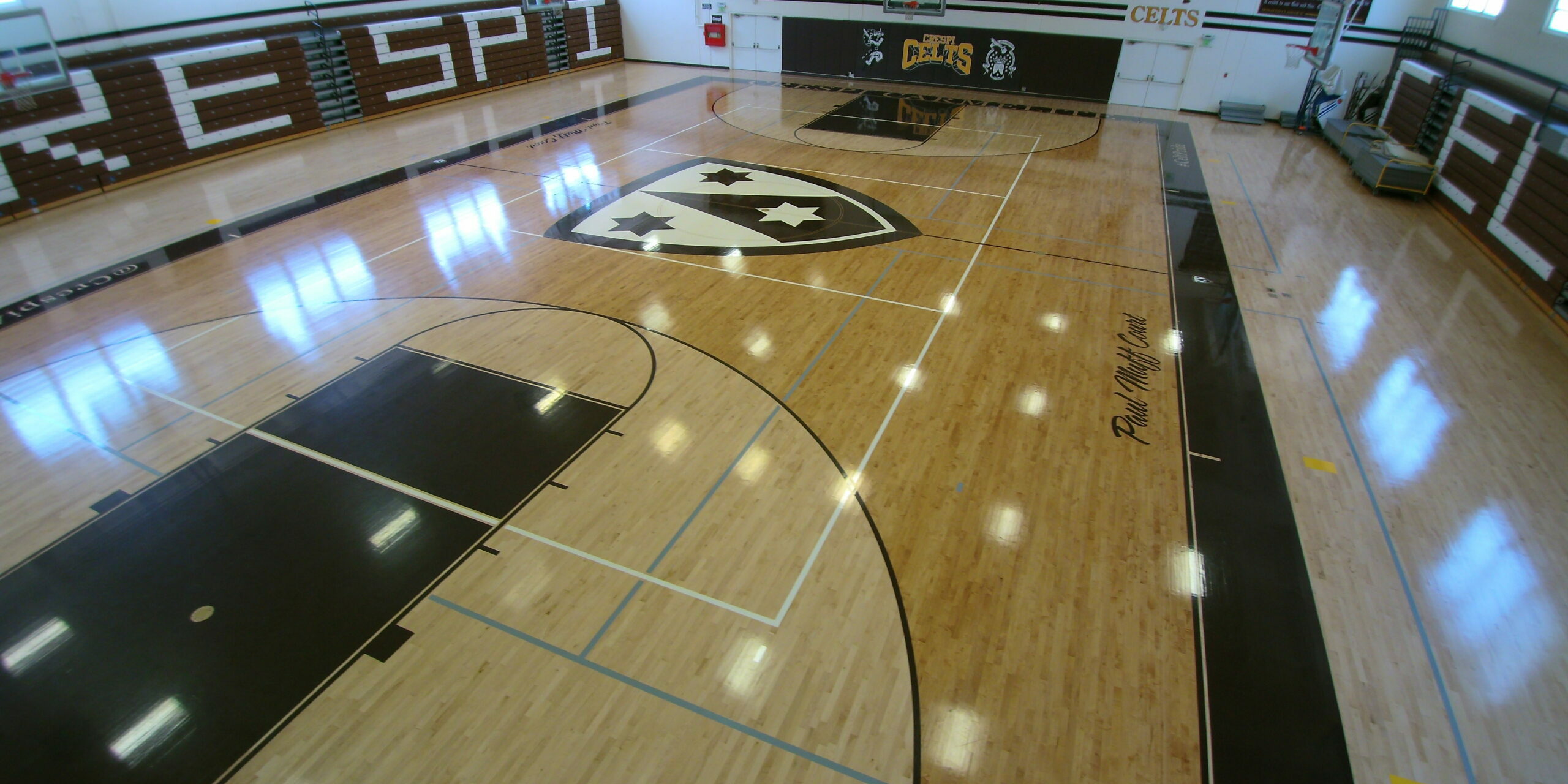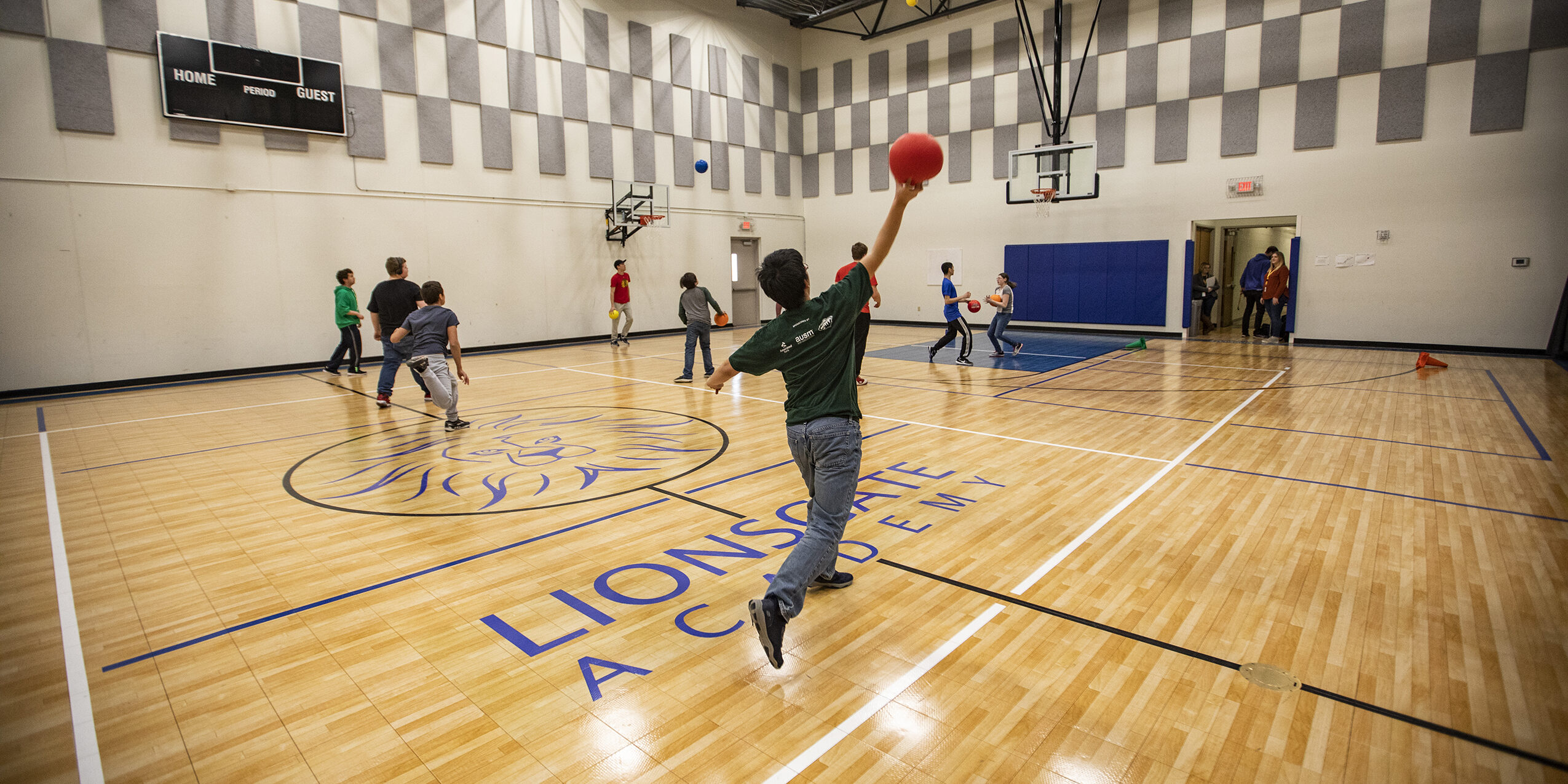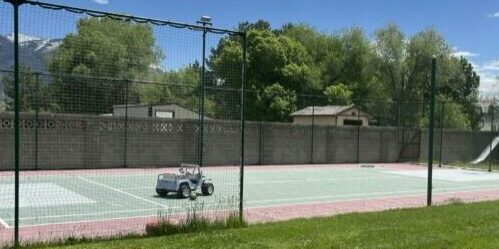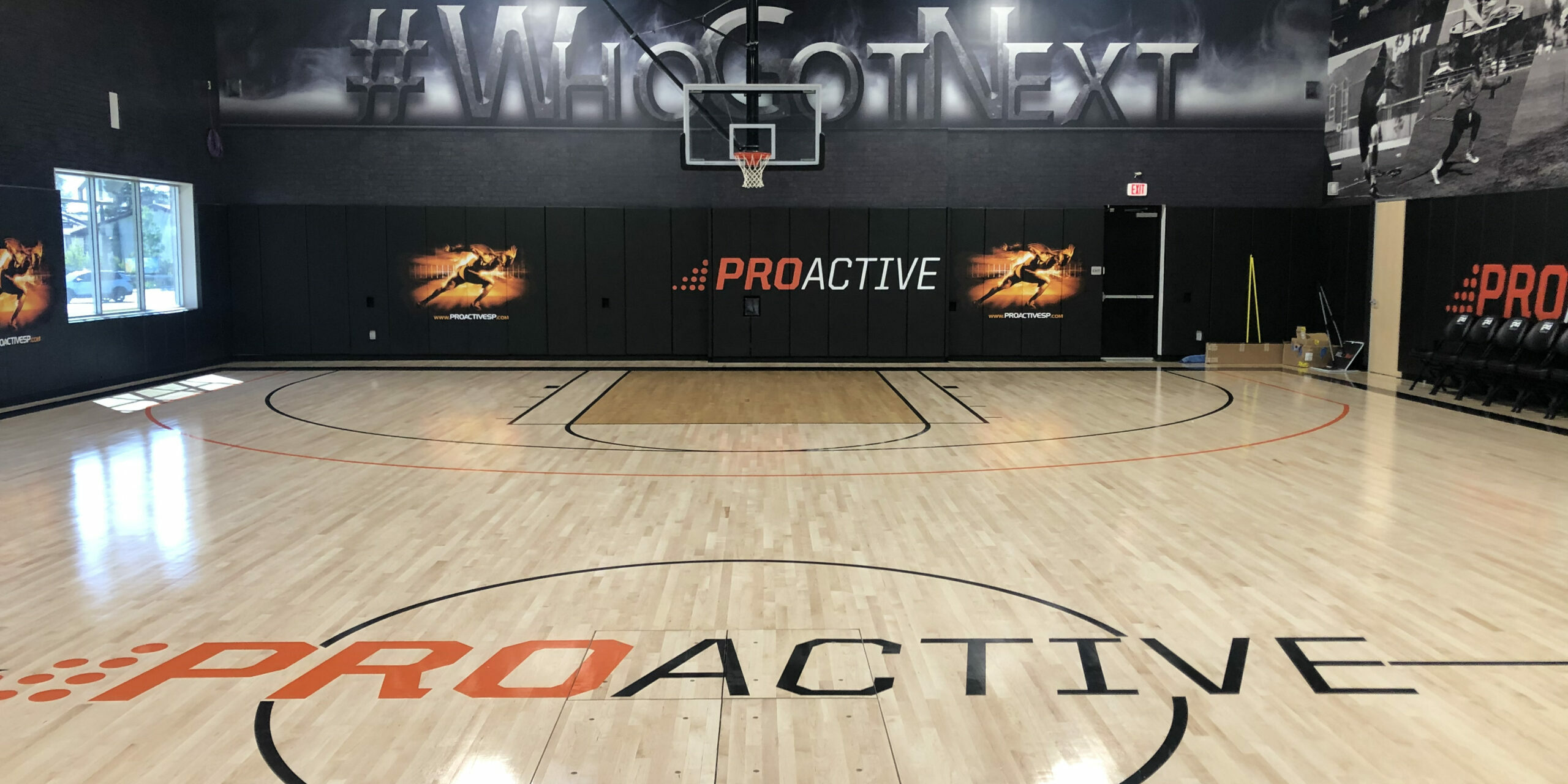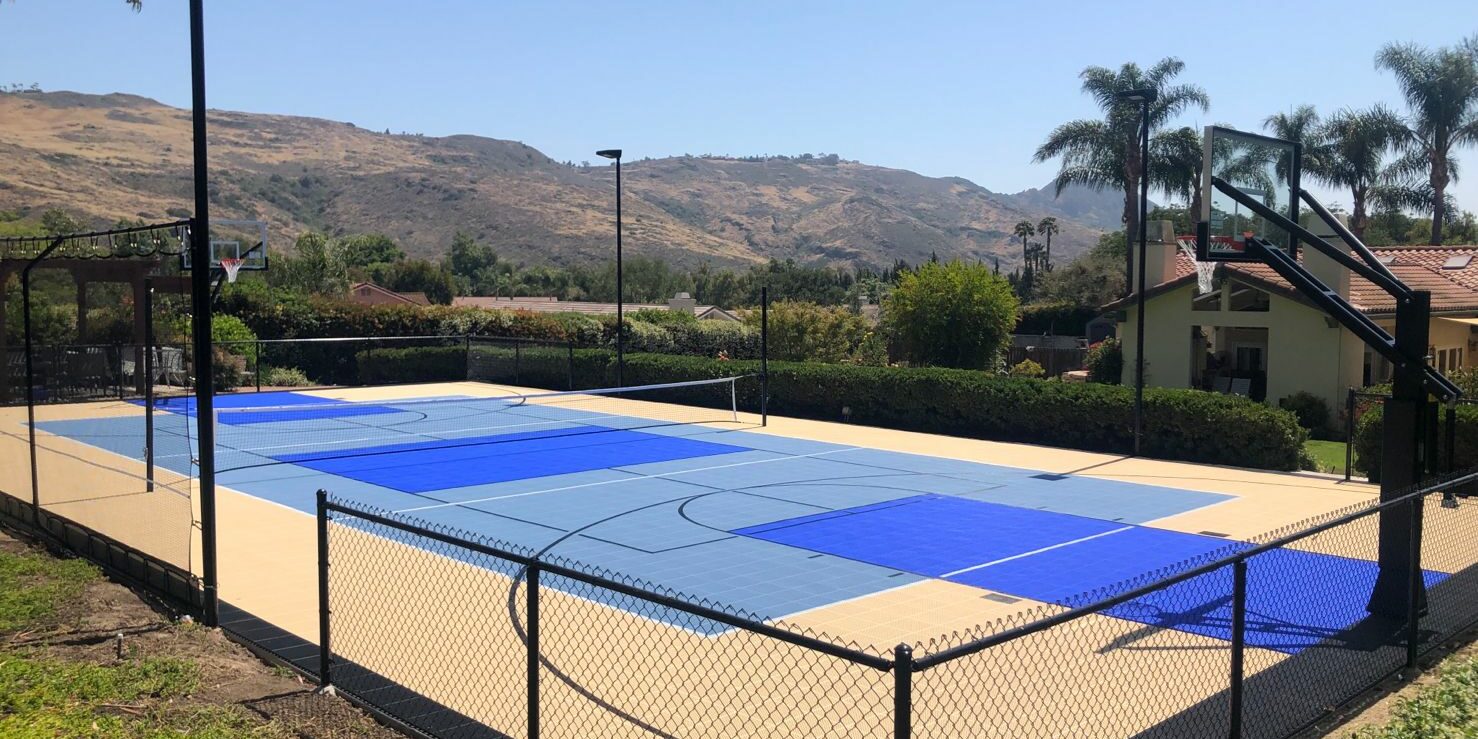
own a tennis court?
Tennis court resurfacing is an essential practice in the maintenance of sports facilities. As a contractor, understanding the ins and outs of the resurfacing process can be the difference between a satisfied customer and a court that quickly deteriorates. In this blog post, we'll explore three crucial factors that every tennis court resurfacing contractor should be aware of.
regular maintenance is key
Tennis courts, like any other sports facilities, need regular maintenance. The wear and tear from constant use, coupled with exposure to the elements, can cause the court surface to degrade. This degradation can lead to poor playing conditions, increased risk of injuries, and eventually, the need for a complete resurface. Regular maintenance, such as cleaning, crack repair, and color coating, can significantly extend the court’s life and provide optimal playing conditions.
How Often Should You Clean a tennis court?
Routine Clearing of dirt and debris keeps the court new. We recommend monthly maintenance routines, checking the drainage, cleaning the entire tennis court surface, and removing any standing water.
Resurfacing Interval
It's essential to remember that every tennis court needs to be resurfaced every 4-7 years, depending on the use volume and environmental conditions. This timeline isn't arbitrary; it's based on the average lifespan of acrylic court surfaces. Regular maintenance can extend this timeline, but eventually, a full resurface will be necessary. Staying proactive about this process can save you and your clients time, money, and the headache of dealing with a deteriorated court.
resurfacing is no easy task
The application process during resurfacing is as delicate as a new court installation.
So, observe proper application times and curing temperatures. Also, use only recommended tools and equipment during mixing and application. Failing to do so can lead to premature cracking, peeling, or other issues that can severely affect the quality and lifespan of the resurfaced court. Every detail matters in this process to ensure good surface performance and longevity.
Conclusion
A quality tennis court requires expert care from the moment of installation. Adapting critical best practices such as routine maintenance and resurfacing will ensure it serves you for as long as possible. By mastering these factors, you can ensure that your clients' courts remain in top-notch condition, thereby adding value to your services and establishing your reputation in the industry.
Contact our team of experts for more information regarding resurfacing your tennis court.






